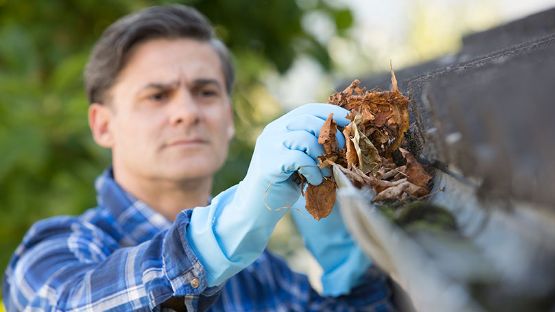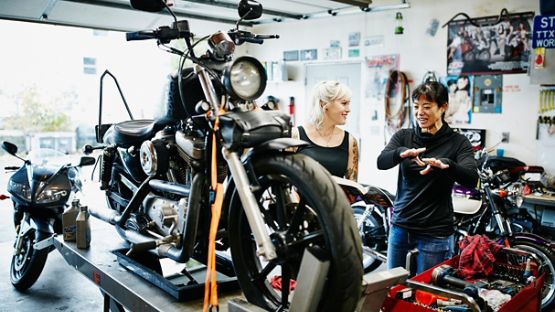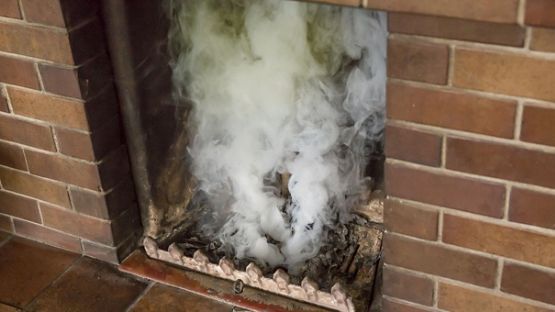Anything can be counterfeit - from designer handbags to household electrical cords, it’s all considered fair game for fraudsters. Replacement parts for your vehicle are no exception from the counterfeit industry. From time to time, vehicles require repairs and with repairs, you may require replacing specific auto parts. When selecting replacement parts for your automobile, it is important to be vigilant of counterfeit and fake parts.
Why are fake car parts concerning?
While a fake part may appear legitimate, the parts are made with cheaper, inferior materials and will not be constructed to automotive industry standards. Parts built with inferior materials and without regard for automotive industry standards are concerning for both consumers and insurers alike. These parts can cause all sorts of problems in vehicles, including system malfunctions that leave you stranded on the road, to serious issues like accidents and fires.
When it comes to counterfeit vehicle parts, unfortunately, there is no “set list” of parts that can be imitated. As mentioned earlier, all items are considered fair game for fraudsters and vehicle parts are no exception for fake parts. Any part on a vehicle can be counterfeited – from small parts like wiring, lights, and oil filters to larger, important safety items such as airbags, seat belts, windshields, brakes, tires, and rims! Counterfeit safety items, such as the ones listed, are of particular concern. These parts are put in your vehicle to help protect you in case of an accident; however, if the item is counterfeited, it may not operate as expected or provide the proper protection. Not only may the part fail in providing you protection, but it could also cause you harm when using your car.
It is important to note that vehicle parts are not the only items that are targets for counterfeiting. All parts, including basic household objects, such as electrical cords and power bars, can be counterfeited.
How to identify counterfeit items
While detecting fake and counterfeit items is not always easy, there are ways you may be able to help protect yourself:
- Purchase items from reputable stores and suppliers. For automotive parts, consider purchasing OEM (Original Equipment Manufacturer) parts directly from your car dealership.
- Compare item pricing in the supply market. If the price is too good to be true, it could very well be fake!
- Do your homework. Look for anomalies on the item. Examples of how to detect anomalies are:
- For vehicle parts, compare the part to the part you are removing (i.e., compare wiring colours and locations on the part itself).
- For household items, like power bars, look for the ULC or CSA sticker, and part number. This part number can be verified on the ULC or CSA website to authenticate the item is legitimate for its purpose.
- Compare packaging. Does the labeling on the parts look correct? Anything misspelled? Is the package colouring accurate?
Following these steps for identifying fake car parts and other items can help you stay safe and protected. You can spot counterfeit auto parts to save time, money, and effort. To learn more about how to prevent vehicle theft, click here.













